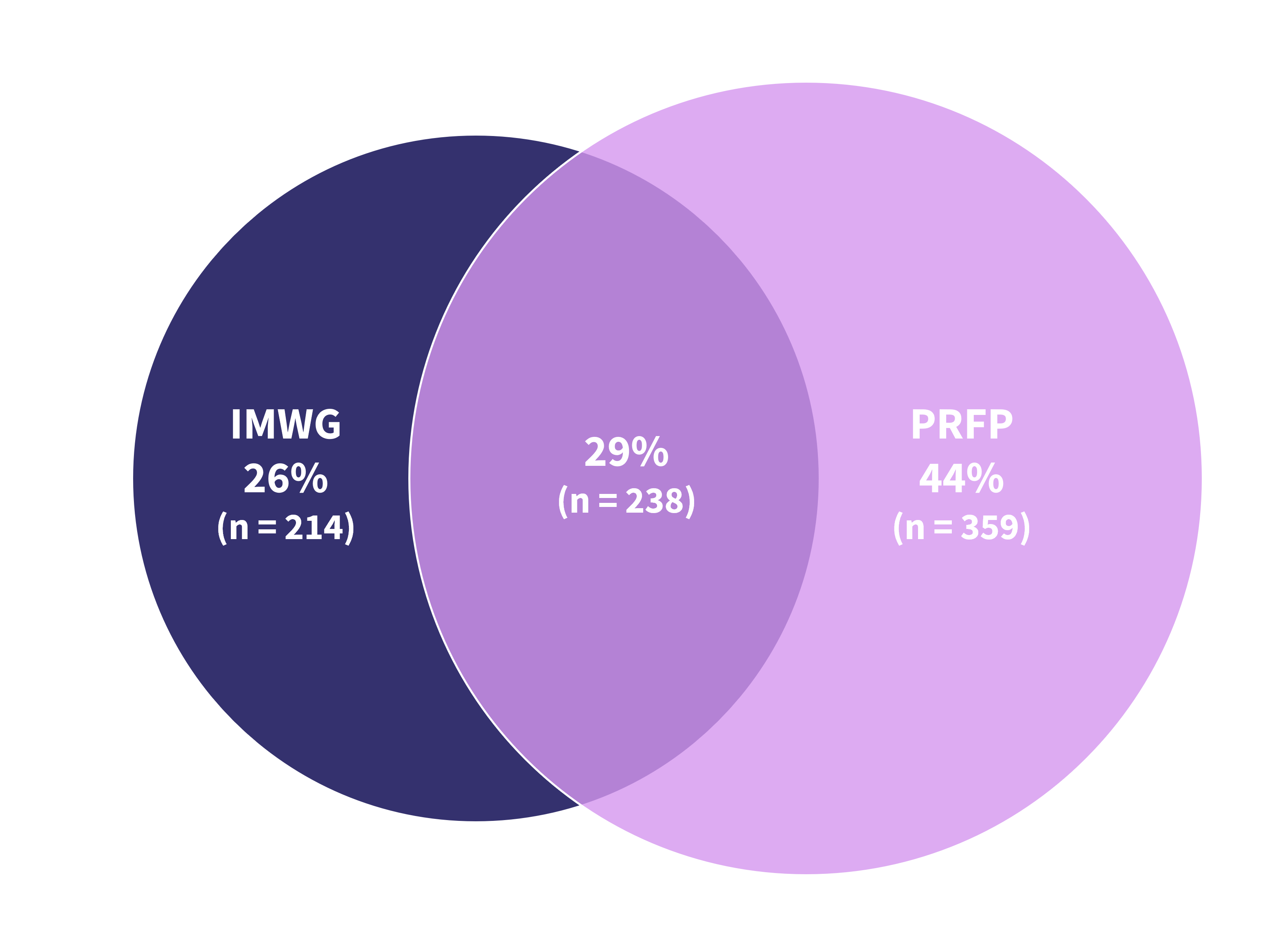All content on this site is intended for healthcare professionals only. By acknowledging this message and accessing the information on this website you are confirming that you are a Healthcare Professional. If you are a patient or carer, please visit the International Myeloma Foundation or HealthTree for Multiple Myeloma.
The Multiple Myeloma Hub uses cookies on this website. They help us give you the best online experience. By continuing to use our website without changing your cookie settings, you agree to our use of cookies in accordance with our updated Cookie Policy
Introducing

Now you can personalise
your Multiple Myeloma Hub experience!
Bookmark content to read later
Select your specific areas of interest
View content recommended for you
Find out moreThe Multiple Myeloma Hub website uses a third-party service provided by Google that dynamically translates web content. Translations are machine generated, so may not be an exact or complete translation, and the Multiple Myeloma Hub cannot guarantee the accuracy of translated content. The Multiple Myeloma Hub and its employees will not be liable for any direct, indirect, or consequential damages (even if foreseeable) resulting from use of the Google Translate feature. For further support with Google Translate, visit Google Translate Help.
Approaches to measuring frailty in MM: Comparison of IMWG FI and PRFP
Bookmark this article
Frailty tools are often used in the assessment of patients with multiple myeloma (MM) to identify those who are at the highest risk for treatment intolerance, toxicity, and early mortality. Patients determined as frail are less frequently prescribed intense or ‘aggressive’ treatments, including those with some of the highest rates of response and overall survival. It is therefore vital to accurately categorize patients by frailty to prevent over- or under-treatment that could result in poorer outcomes.
Here, we summarize a publication by Murugappan et al.1 comparing the patient-reported frailty phenotype (PRFP) and the International Myeloma Working Group Frailty Index (IMWG FI) approaches to measuring frailty.
Methods1
- In this comparison, the PRFP and IMWG FI were evaluated for their benefits, limitations, and concordance in classification of frailty in relapsed/refractory multiple myeloma (RRMM).
- Data were collated from six phase II randomized clinical trials in RRMM, in which 2,750 patients were classified as either fit, intermediate fit, or frail using both the PRFP and IMWG FI.
- A weighted Cohen’s kappa was utilized to establish concordance between the tools.
Key findings1
- Of the total population, 29.5% (n = 811) were identified as frail by at least one of the frameworks.
- Overall, a larger number of patients were classified as frail using the PRFP at 21.7% compared with 16.4% in the IMWG FI (Table 1).
- In general, there was fair agreement between the IMWG FI and PRFP using Cohen’s kappa, at 0.34 [0.31 – 0.37], with a categorization overlap of 29% (Figure 1).
Table 1. Classification of frailty by IMWG FI and PRFP tools*
|
Frailty status, % |
IMWG FI |
PRFP |
|---|---|---|
|
Frail |
16.4 |
21.7 |
|
Intermediate/pre-frail |
28.1 |
24.5 |
|
Fit |
55.5 |
53.8 |
|
IMWG FI, International Myeloma Working Group Frailty Index; PRFP, patient-reported frailty phenotype. |
||
Figure 1. Overlap in categorization of frailty by the IMWG FI and the PRFP*

IMWG, International Myeloma Working Group; PRFP, patient-reported frailty phenotype.
*Adapted from Murugappan, et al.1
Framework limitations
- A limitation of the IMWG FI is the reliance on chronological age as a determinant of frailty.
- All patients aged >80 years are classified as frail, regardless of biological or functional status, which inhibits the ability to identify frailty in younger patients.
- IMWG FI is further limited by a reliance on activities of daily living as a measure of functional capacity.
- Activities of daily living may be biased by gender and culture, with questions referring to household activities, such as laundry and cooking, making them unrepresentative of daily life for some patients.
- A considerable limitation of the PRFP is the lack of validation in the newly diagnosed population, where the IMWG FI was initially developed.
|
Key learnings |
|---|
|
- Murugappan M, King-Kallimanis B, Bhatnagar V, et al. Patient-reported frailty phenotype (PRFP) vs. International Myeloma Working Group frailty index (IMWG FI) proxy: A comparison between two approaches to measuring frailty. J Geriatr Oncol. 2024;15(2):101681. DOI: 1016/j.jgo.2023.101681.
More about...
Your opinion matters
30 votes - 2 days left ...
Related articles
Newsletter
Subscribe to get the best content related to multiple myeloma delivered to your inbox






